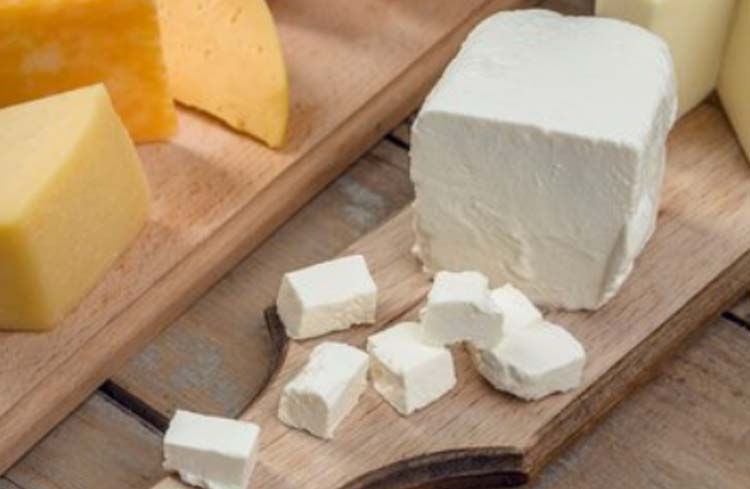Get ready to awaken your senses and delight your palate with the incomparable flavor and creamy texture of fresh homemade cheese. Don't miss this unique experience full of flavor and creativity!

Cheese and health benefits
Homemade fresh cheese, like other dairy products, can offer a number of health benefits when consumed in moderation as part of a balanced diet. Here are some potential benefits:
- Protein source: Fresh cheese is a good source of high-quality protein, which is essential for tissue repair and growth in the body.
- Calcium: It is an excellent source of calcium, essential for bone and dental health. Regular consumption of dairy products such as fresh cheese can help prevent osteoporosis and strengthen bones.
- Vitamins and minerals Fresh cheese contains a variety of vitamins and minerals, including vitamin A, vitamin B12, phosphorus and zinc, which are important for various bodily functions, such as immune function and skin health.
- Cardiovascular health: Although fresh cheese contains saturated fat, consuming it in moderation as part of a balanced diet can be part of a healthy lifestyle. Some studies suggest that dairy may have a neutral or even protective effect on cardiovascular health.
- Satiating: Due to its protein and fat content, fresh cheese can help increase feelings of satiety, which can be helpful in controlling appetite and maintaining a healthy weight when consumed as part of a balanced diet.
It is important to remember that, as with any food, moderation is key. Homemade fresh cheese can be part of a healthy diet, but should be consumed in moderation, especially for those who are watching their calorie, saturated fat, or sodium intake. It is always advisable to consult with a health professional or dietitian for personalized diet and nutrition recommendations.

Cheese History
Cheese making is a practice that dates back thousands of years and has its origins in different cultures around the world. Although the exact history of the homemade fresh cheese recipe may vary by region and specific culinary tradition, here is an overview of the history behind cheese making:
- Ancient origins: Cheese production is believed to have originated more than 8,000 years ago, when early humans began to domesticate animals and use milk as a food source. Cheese is said to have been discovered by accident when milk stored in containers made from animal stomachs began to coagulate and form curds due to the action of naturally present bacteria and enzymes.
- Technique development: Over the centuries, different cultures developed their own techniques for making cheese, using fermentation, coagulation and ripening methods. These techniques were passed down from generation to generation and adapted according to the resources available in each region, such as types of milk, bacterial cultures and climatic conditions.
- Cheese diversity: Over time, a wide variety of cheeses emerged around the world, each with its own distinctive characteristics in flavor, texture and aroma. From soft fresh cheese to hard and aged cheeses, the diversity of cheeses reflects the richness of culinary traditions and the creativity of the communities that make them.
- Homemade fresh cheese: The homemade fresh cheese recipe is one of the simplest ways to make cheese and has been practiced for centuries in different parts of the world. It is a way to take advantage of fresh milk and produce a basic and delicious dairy product that can be consumed immediately or used as an ingredient in a variety of dishes.
In short, the history of the homemade fresh cheese recipe is a story of innovation, tradition and culinary creativity that has evolved over millennia and continues to be an important part of food culture around the world.
Maybe you might like: Lemon Crab
Image credit: freepik



